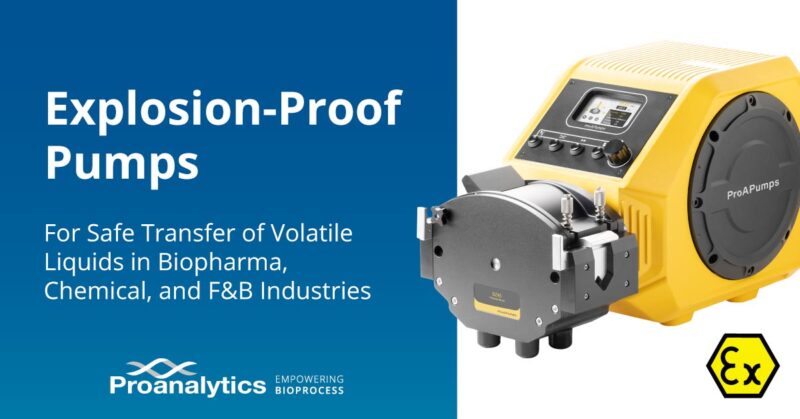Reports
Explosion-Proof Pump for Safe Transfer of Volatile Liquids in Biopharma, Chemical, and Food & Beverage Industries
Safe Fluid Transfer in Hazardous Environments
In the biopharma, chemical, and Food & Beverage industries, the handling and transfer of volatile and flammable liquids pose significant safety challenges. An explosion-proof pump is a safe solution for the transport and dispensing of these substances. These pumps are designed to operate safely in environments with flammable chemicals, dust, and gas vapors, ensuring safety and compliance with regulations.
These pumps support a wide range of hazardous substances including:
- Flammable gases: Propane, methane, hydrogen, ethylene
- Dusts: Flour, sugar, coal dust, aluminum dust
- Vapors: Methyl myristate, acetone, ethanol, toluene
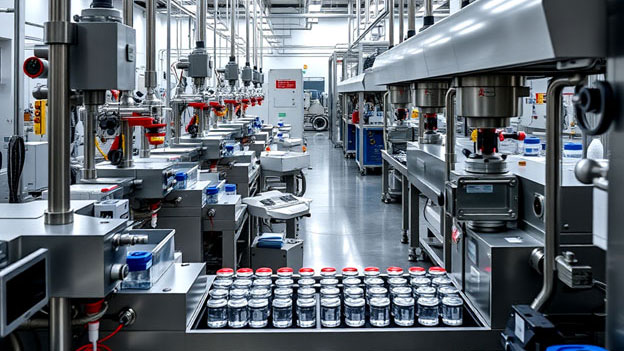
Why an ATEX-Rated Pump is Essential for Hazardous Locations
An explosion-proof pump is designed to prevent the ignition of flammable vapors in hazardous locations, ensuring the safe transfer of volatile and flammable liquids. These pumps are built with materials and components that can withstand harsh environments and prevent sparks, which are critical in industries where safety is paramount. As a type of hazardous area peristaltic pump, this technology is well-suited for many pump applications in regulated industries. Common design features include:
- Grounded electrical systems
- Spark-resistant materials
- Specialized ignition-prevention housing and discharge connection safeguards
These systems are often integrated into chemical processes within industrial plants, where the risk of handling hazardous materials like sulfuric acid or ethanol must be tightly controlled.
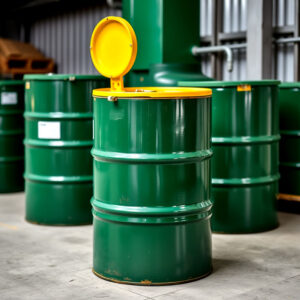

Benefits include:
- Reduced explosion risk via sealed construction
- Reliable performance in dust or vapor-prone areas
- Compliance with ATEX directives (II2G Ex db IIC T4 Gb, II2D Ex tb IIIC T130°C Db)
These pumps are also a common choice in chemical plants, where the presence of ethanol, sulfuric acid, or methanol introduces added risk.
Explosion-proof peristaltic pumps are essential in the safe transfer, dosing, and disposal of hazardous liquids in environments where flammable vapors and combustible dusts pose an explosion risk. These pumps are widely used in areas handling solvents, acids, bases, and fermentation byproducts, providing reliable fluid management without direct exposure to ignition sources. Their ATEX-rated designs make them indispensable for industries working with volatile materials such as ethanol, methanol, sulfuric acid, and sodium hydroxide. Whether transporting precision aliquots or removing hazardous waste, a properly certified hazardous area pump plays a critical role in maintaining workplace safety and regulatory compliance.
Common Locations for Explosion-Proof Pumps in Industrial Applications
Explosion-proof and intrinsically safe pump installations are commonly deployed in:
- Buffer and Media Preparation Rooms – Handling acidic or alkaline solutions for cell culture and fermentation
- Chemical/Solvent Handling Areas – Transferring ethanol, benzyl alcohol, or methanol for reagent preparation
- Fermentation Suites – Removal of liquid fermentation waste
- Chemical/Organic Waste Disposal Stations – Safely pumping used acids, bases, reactants, and alcohols for neutralization or collection
- Explosion-Rated Rooms – Pumps are strategically placed in explosion-rated rooms where flammable gases, vapors, or combustible dusts pose an explosion risk
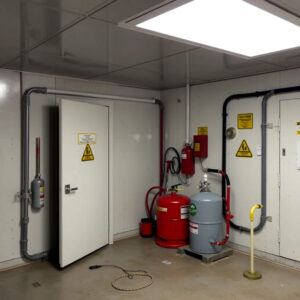
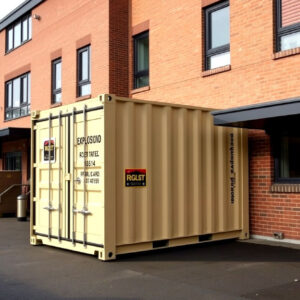
Elevate Facility Safety with a Certified Explosion-Proof Pump
Explosion-proof peristaltic pumps are a vital piece of safety equipment in hazardous industrial environments. Their specialized designs — meeting rigorous ATEX standards — offer protection against ignition risks, ensuring that operations involving volatile liquids are conducted safely. The integration of such pumps in critical areas highlights their role in upholding stringent safety protocols, thereby safeguarding both human health and organizational assets. By adhering to ATEX directives, industries can maintain high standards of safety, reliability, and regulatory compliance, preventing accidents and promoting a secure working environment.
Frequently Asked Questions
Several types of pumps can be used in explosive environments, including peristaltic pumps, chemical pumps, and sometimes centrifugal pumps depending on the application and ATEX certification. However, peristaltic pumps are often preferred due to their sealed, low-shear design.
Yes. An explosion-proof pump refers to the complete system, while explosion proof motors are components designed to prevent ignition within the motor housing. Many explosion-proof pumps integrate specialized electric motors for safety in extreme environments.
ProAnalytics industrial pumps meet IP66 standards, making them ideal for wet environments and splash-prone industrial areas. They are built for durability, corrosion resistance, and use in hazardous materials handling.
Yes. Many models are engineered with process control capabilities for integration into SCADA, PLC, or IoT systems, helping optimize safety and efficiency.
Choosing the best-fit pump depends on chemical compatibility, flow rate, pressure, and environment. Our specialists help specify high-quality pumps tailored to your exact needs.
Conclusion
ProAnalytics Explosion-Proof Pumps are ATEX-rated for both gas and dust hazard environments (II2G Ex db IIC T4 Gb and II2D Ex tb IIIC T130°C Db). These pumps are designed and tested to prevent ignition risks, guaranteeing that your operations are performed with the highest degree of safety. To learn more about ATEX ratings, please see our related article, ATEX Equipment Ratings Explained (article coming soon).

